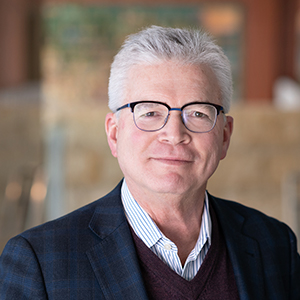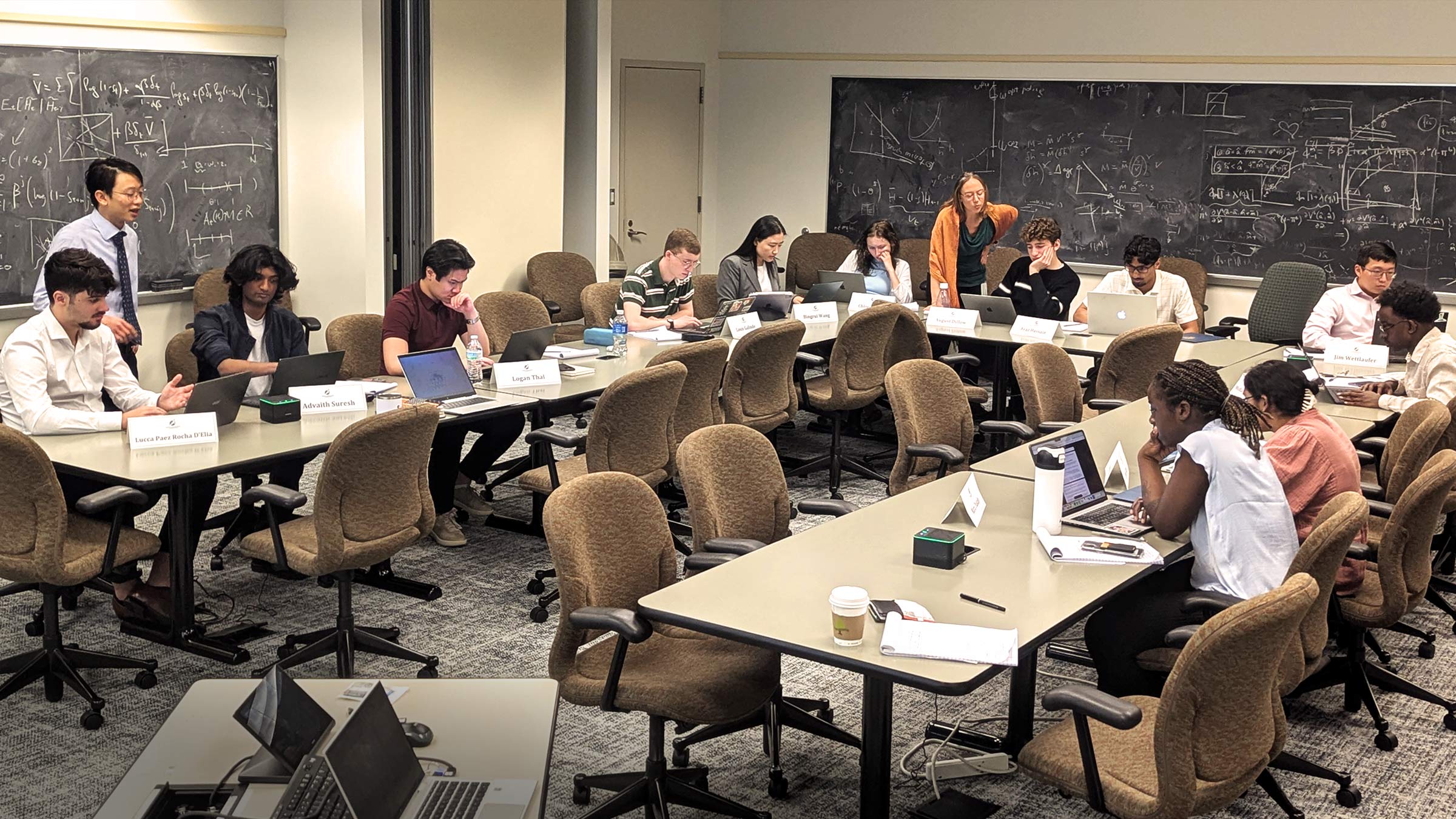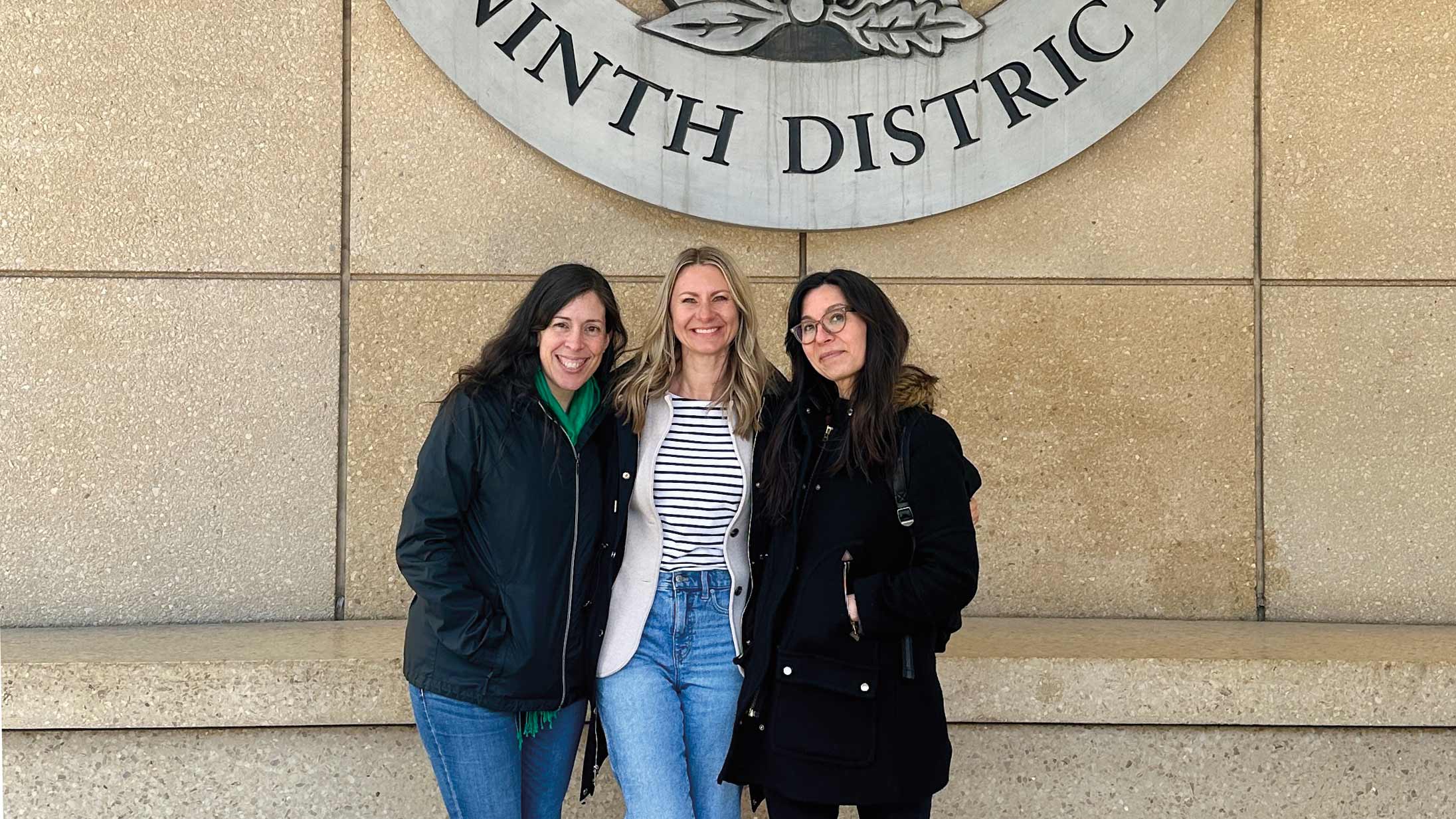
As the Federal Reserve Bank of Minneapolis’ second annual Regional Economic Conditions Conference concluded, Senior Vice President and Research Director Mark Wright eloquently summed up the day’s data, dialogue, and differences.
“What’s clear to me is that, in the same way that immigration has played a very large role in shaping the history of this country, it is going to do so again in the future, one way or another,” Wright said. “The simple laws of demography and economics demand it.”
Then he added: “But what can’t get lost in purely thinking about the statistics, the spreadsheets, and the government budgets and how that’s affected by immigration, we also have to recognize that behind those statistics are the very real lives of many people, many families who are living in a great deal of uncertainty and great deal of difficulty right now.”
Wright’s remarks on the afternoon of Nov. 13 wrapped up the wide range of presentations by economists, advocates, and policy influencers from across the Ninth District, including keynote speaker Sen. Ron Johnson, R-Wis.
In his address and in a follow-up question-and-answer session with Minneapolis Fed President Neel Kashkari, Johnson called on his fellow members of Congress to adopt an approach of continuous improvement that allows immigration policy to be responsive to current conditions. He also emphasized a legal immigration system where states would have a stronger voice in determining the appropriate mix of skilled workers it could welcome to address local labor force needs.
Johnson agreed with Kashkari that demographic trends show that the United States and the region need immigrants to fuel economic growth.
“If you don’t have enough human capital, you’re not going to have a growing economy,” Johnson said. “No policies, no tax cuts, no deregulation is going to make up for the fact that we simply don’t have enough workers. … We’re going to need a vibrant, legal immigration population.”

Following Johnson were three panels: “Immigration and Labor Markets,” “Long-term Demographic Trends,” and “Learning from Community Experience.”
Throughout, the data were consistent: As fertility rates among native-born Americans lag and as the population ages, the growth of the labor force will stagnate, but for the inflow of immigrants.
Which, said University of Minnesota Associate Professor Ryan Allen, is the “heart of the matter” on the impact on the region’s economy. In Minnesota, for example, the labor force is growing at what Allen called an “anemic” one-half of 1 percent annually, and that’s not enough to ensure economic growth.
In Allen’s view, to maintain the current labor force growth rate, Minnesota needs more than four times the number of immigrants that the state demographer projects will arrive in the state over the next three decades.
Experts from North Dakota and South Dakota echoed Allen’s essential message about the role of immigrants, with Professor David Flynn of the University of North Dakota asserting that, for now, the “first best solution” to filling the 8,000-10,000 job openings in his state is wage increases.
Other panelists spoke of the challenges of being an immigrant in the states of the Ninth District and the reality that one in six children in Minnesota, for instance, have immigrant parents, often accompanied by language and other cultural barriers. Access to credit, to transportation, and to homeownership are avenues to full economic integration that many immigrant communities need.
In the end, immigration attorney Shahid Haque of the Border Crossing Law Firm in Helena, Mont., redefined what “assimilation” should mean for immigrants and others in his state, where only 2 percent of the population is foreign born.
“The new immigrants who come to Montana to live there have assimilated in the sense that they’re working, they’re providing for themselves and their family, they’re contributing to the economy by spending the money they earn,” he said. “They are assimilated—perhaps not in language all of the time, perhaps not in skin tone or cultural background. They are assimilated in the sense that they are part of our economy.”





